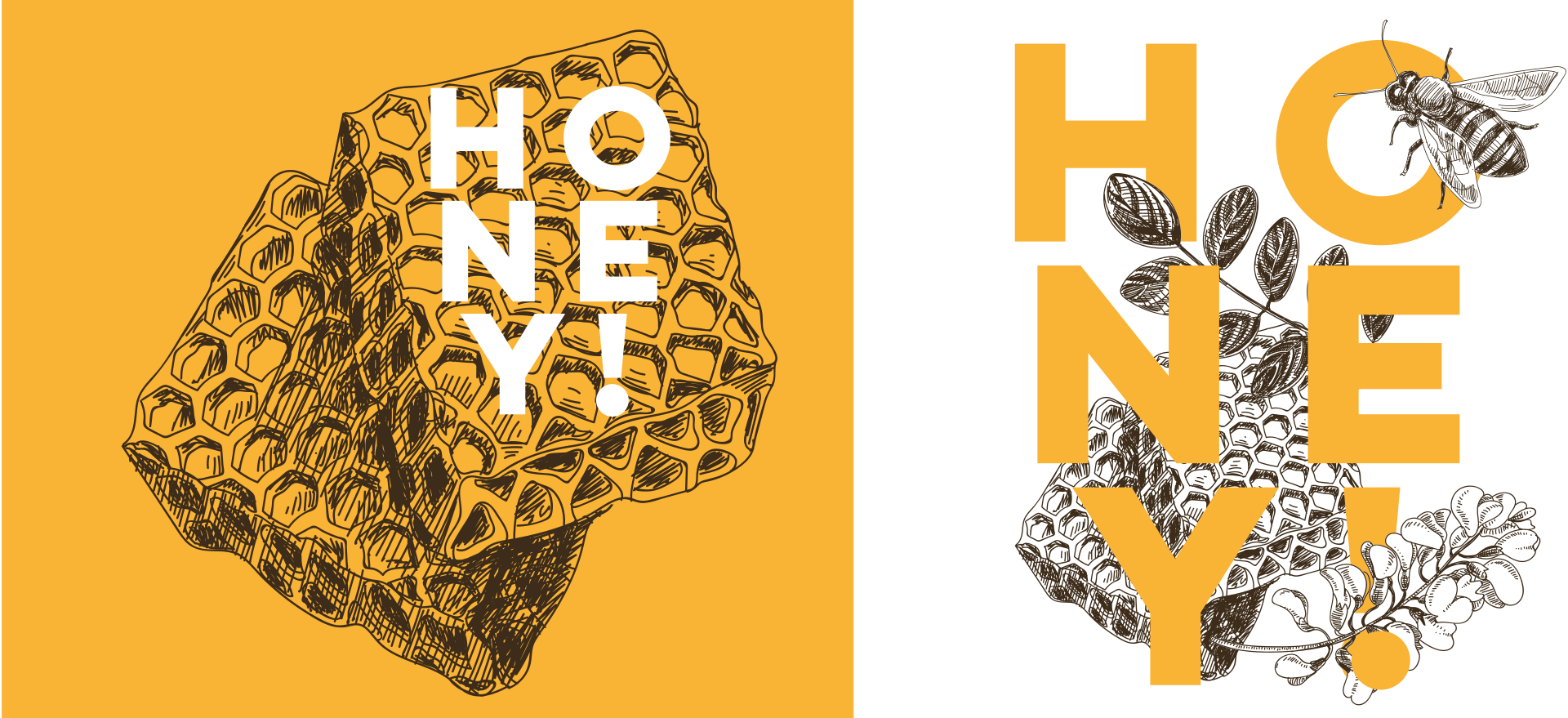
At the IST METZ headquarters, bee colonies actively contribute to species protection and support the ecological balance. Bees are indispensable for the pollination of almost 80 per cent of all plants and thus secure a third of our food. However, climate change, invasive pests and the use of pesticides are seriously threatening bee colonies. Since 1951, their numbers in Germany have fallen by over 70 per cent, which has serious consequences for agriculture and biodiversity. With our bee project, we are making an important contribution to preserving the bee population and preventing crop failures.
IST proudly owns around 20,000 winter bees (10,000 per hive). The two hives behind Plant 1 have developed splendidly. To survive the cold winter, bees form a so-called winter cluster. They sit very close together and keep each other warm. The queen sits inside the cluster. The bees have developed a special strategy to ensure that they are always warm enough. They generate heat through muscle movements - in other words, they "shiver" to keep the swarm warm. The bees on the outside are replaced at regular intervals by the warmed animals from the inside. Our colleague Holger Breite visits them regularly to check on them: "In December, I treated them again against the Varroa mite. Now it's time to keep an eye on the food and wait for spring." With the first early bloomers, the bees become more active again and set off in search of nectar and pollen for themselves and their brood.
Honey is a purely natural product and is particularly healthy when it comes from our region. The beehives of UV specialist IST METZ are located directly at the company headquarters in Zizishausen. The honeydew is dried in the hive by the local bees and the animals add enzymes to the honey to preserve it. It is these enzymes in particular that make honey so healthy for us.
Around 65,000 bees collected pollen and nectar for the IST blossom honey from early bloomers in the surrounding area, such as cherry, apple, plum blossom and dandelion.
Around 65,000 bees collected pollen and nectar from raspberry and blackberry bushes, lime, acacia and forest honey for the IST summer honey in the surrounding area.